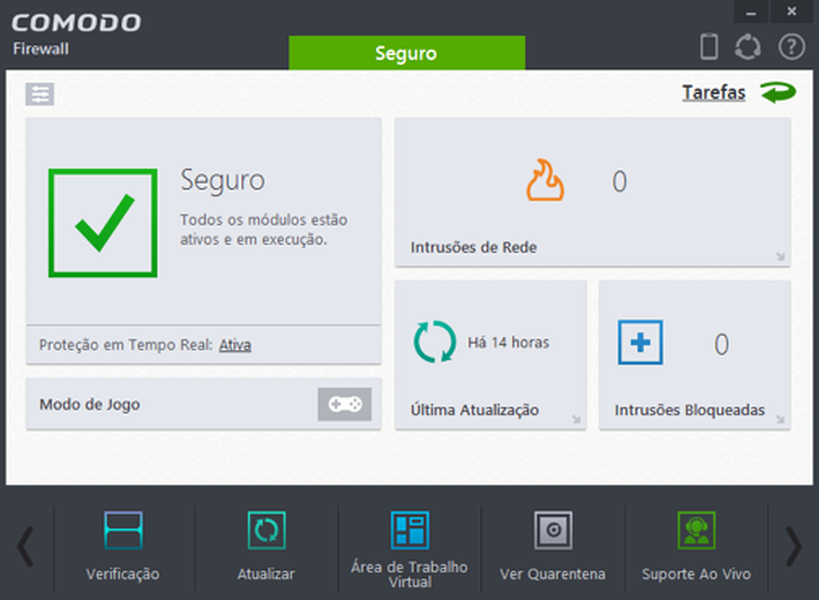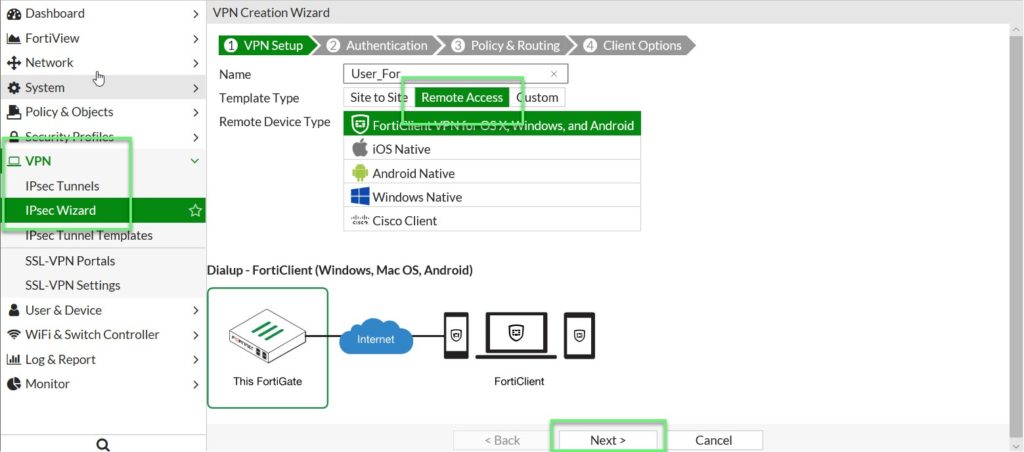

Which it's technically not supposed to do at all. Oddly enough, if I manually sign my installers with SHA1 rather than SHA256 (which is what EMS uses), Windows 10 lets it right through.

Which I'm not opposed to doing, but I wanted to see if anyone else has run into this, and if they had any better strategies for this problem? The trouble is: -EV takes a long time -EV requires having a hardware token, which means I'll have to have a USB device server to connect it to my EMS VM -EV costs a lot more Apparently Microsoft required EV for anything making kernal mode modifications ( )_ Which means I have to get an EV Code-Signing Certificate if I want to have an easy & pleasant UX. However, I ran into a road-block as my installers are still showing up as untrusted by Windows Defender in Windows 10. In addition, ICSA Labs publishes surveys, security industry studies, and buyer's guides for computer security products.Some years back, I did a large-scale, multi-tenant FortiClient EMS deployment for an MSP, and used a Comodo OV Code-Signing Certificate to sign my custom installers to make it easy & friendly for users and co-admins to be able to install FortiClient for themselves and have it automatically register to EMS, without getting warned by Windows Defender about untrusted application publishers.įast-forward to today, and now I need to do another large-scale, multi-tenant FortiClient EMS deployment, and I started off using the same method as last time. ICSA Labs manages and sponsors security consortia that provides a forum for intelligence sharing among the leading vendors of security products. ICSA Labs Certified: Antivirus, Corporate Firewall, IPsec, NIPS, SSL-TLS, and Web Application FirewallįortiGate and FortiWeb products are evaluated against ICSA criteria in 6 popular Certification programs. More information on the latest Fortinet Common Criteria Certifications are available below: Security weaknesses and potential vulnerabilities are specifically examined during an evaluation. Below are instructions on how to configure a Fortnet FortiGate to use Foxpass for LDAP authentication on the remote SSL VPN using the graphical user interface (.


Click here to find more detailed information. Extensive testing activities involve a comprehensive and formally repeatable process, confirming that the security product functions as claimed by the manufacturer. Manage VPN Firewall Rules page is a tutorial on how to manage VPN Firewall rules. Common Criteria evaluations involve formal rigorous analysis and testing to examine security aspects of a product or system. Fortinet products have received NDPP, EAL2+, and EAL4+ based Common Criteria certifications.


 0 kommentar(er)
0 kommentar(er)
